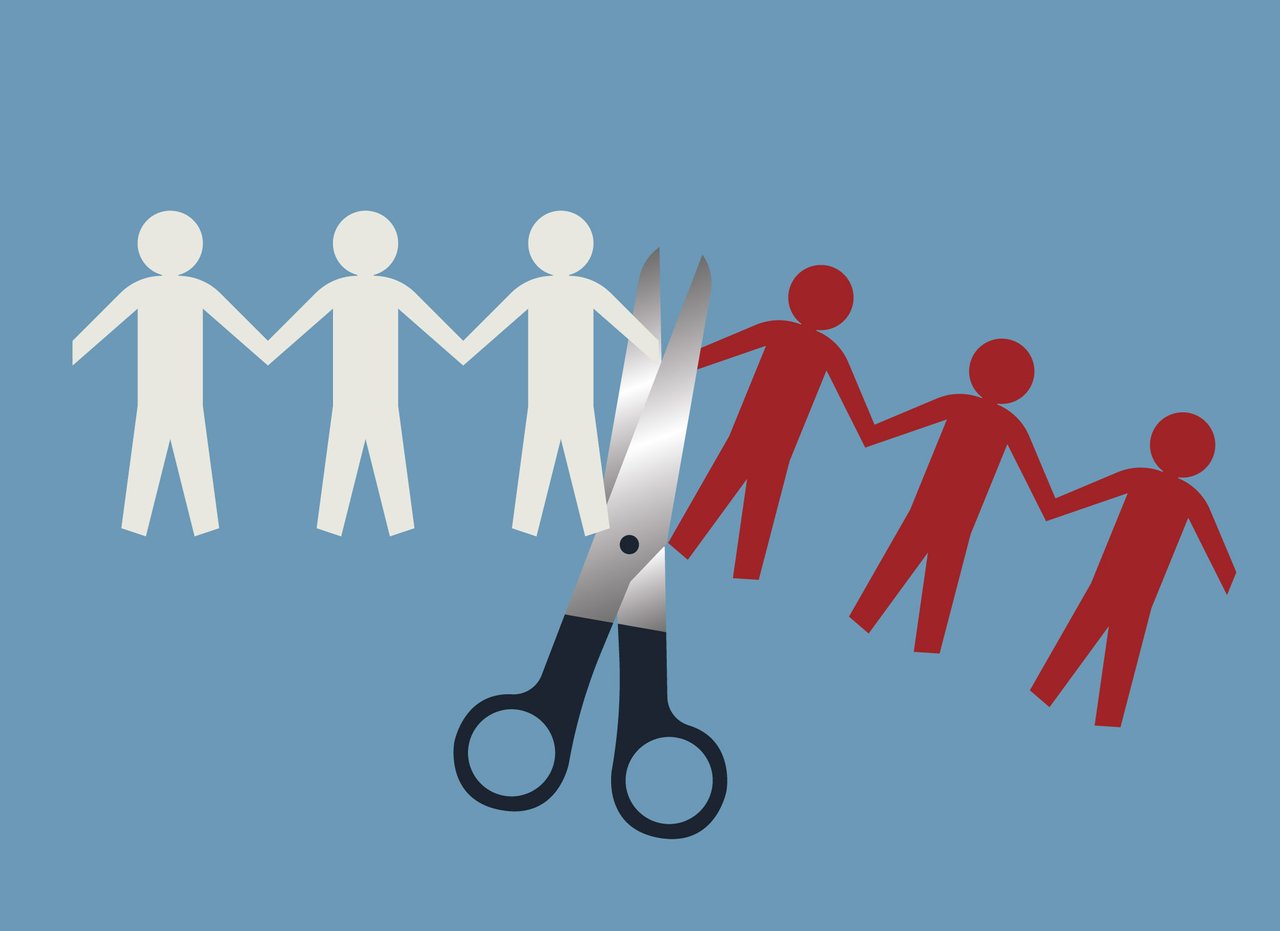Federal Reserve's brutal method 'job cut' to tackle down Inflation
8 comments
Hi there! How are you all?
Today I would like to share some of my views regarding the job cuts that occur during the reduction of the inflation rate. The Federal Reserve's job cut as a measure to tackle inflation refers to the act of reducing the workforce (rising unemployment rate) in order to combat rising prices in the economy.
Inflation is defined as an increase in the general price level of goods and services in an economy over a period of time, and it can be caused by a variety of factors, including rising demand for goods and services, increasing wages, and supply chain disruptions.
One of the primary objectives of the Federal Reserve, the central bank of the United States, is to maintain price stability and support maximum employment. When inflation rises, the Fed may take steps to reduce it, including raising interest rates or reducing the money supply. In some cases, the Fed may also choose to implement job cuts as a measure to reduce inflation.
The argument for job cuts as a measure to tackle inflation is based on the idea that reducing the supply of labour can lead to a decrease in wage pressures, which can contribute to lower inflation.
By cutting jobs, the Fed can reduce the amount of money that workers are earning, which can in turn reduce their ability to bid up prices for goods and services. This, in turn, can help to reduce inflationary pressures.
However, job cuts can also have negative consequences, such as increased unemployment and reduced economic growth. When people lose their jobs, they may struggle to make ends meet, and may experience a decrease in their standard of living.
This can also lead to a decrease in consumer spending, which can further slow down the economy. Additionally, job cuts can have a particularly negative impact on those who lose their jobs and may result in increased poverty and inequality.
Another potential drawback of job cuts as a measure to tackle inflation is that they may not be sustainable in the long term. While reducing the supply of labour may help to reduce inflation in the short term, it may also result in a decrease in the economy's potential to grow and create new jobs in the future. This, in turn, can lead to a situation where inflation returns and the Fed is forced to take further steps to combat it.
Moreover, the Federal Reserve's job cut as a measure to tackle inflation is a controversial strategy that can have both benefits and drawbacks. While it may help to reduce inflationary pressures in the short term, it can also have negative consequences, such as increased unemployment and reduced economic growth.
Ultimately, the decision to implement job cuts as a measure to tackle inflation should be based on a careful analysis of the situation and a balanced consideration of the potential benefits and drawbacks of such a measure.
Thanks for reading my post. Hope that you have gained some new knowledge in the economics world!
Best Regards
@shahriar33

Comments